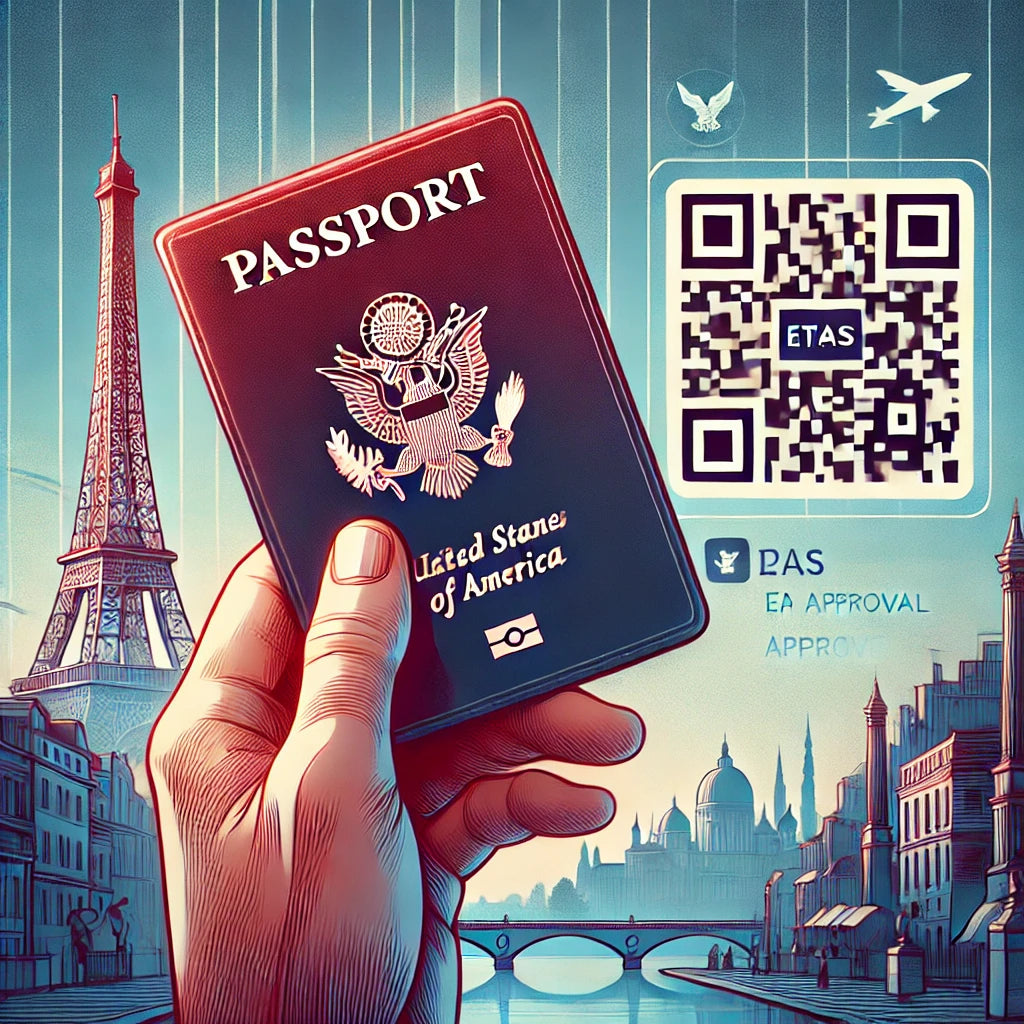As an American traveler, you might be accustomed to breezing through European borders without a second thought, but that’s about to change. Starting in 2025, the European Union will introduce the European Travel Information and Authorization System (ETIAS), a new travel requirement for American tourists and visitors from several other non-EU countries. Here’s everything you need to know about this upcoming change. ETIAS 2025: American Travelers Need to Know Visiting Europe

What is ETIAS?
ETIAS, often referred to as a visa waiver, isn’t a visa in the traditional sense. It’s a travel authorization that involves a simple online application process, designed to enhance security across European borders. Once approved, ETIAS will be valid for three years, allowing multiple entries to all ETIAS member countries. These include popular destinations like France, Italy, and Spain, as well as smaller states such as Andorra and Monaco.
For more details, you can visit the [official ETIAS website](https://europa.eu/youreurope/citizens/travel/entry-exit/european-travel-information-authorization-system/index_en.htm) to stay updated on its launch and application process.
Why Is ETIAS Being Introduced?
The idea of ETIAS first surfaced in 2016 as part of the European Commission’s efforts to tighten border security and improve safety across the Schengen Area. The system’s implementation has been delayed several times due to the technological challenges associated with launching another significant IT system, the Entry/Exit System (EES). The EES will electronically record the entry and exit of non-EU nationals traveling to Europe, replacing the current manual passport stamping process.
The launch of ETIAS is dependent on the successful rollout of the EES, which is currently scheduled for November 2024. You can follow updates on the [European Commission’s Justice and Home Affairs Council](https://www.consilium.europa.eu/en/policies/justice/) for the latest developments.
Do You Need a Visa to Visit Europe in 2025?
No, ETIAS is not a visa, but it’s often compared to similar systems in place in other countries, such as the U.S. ESTA or Canada’s eTA. The process is designed to be quick, easy, and affordable—costing only €7 (around $8). Most applications will be processed within minutes, though some might take up to 96 hours if additional security checks are required.
For a smooth travel experience, make sure to apply at least 96 hours before your departure. Airlines will likely require proof of ETIAS authorization before allowing you to board your flight. For more insights, check out this [guide on ETIAS from Condé Nast Traveler](https://www.cntraveler.com/story/americans-will-need-a-visa-to-visit-europe-next-year-heres-what-to-know).
How Will ETIAS Affect Your Travel Plans?
The introduction of ETIAS might feel like an extra step in your travel preparations, but it’s a minor change compared to the benefits it brings. With ETIAS, your travels to Europe will be safer and more secure, and the streamlined process ensures minimal disruption.
Travel experts advise marking your calendar when your ETIAS is due to expire and keeping track of your passport's expiration date. Typically, your passport must be valid for at least six months beyond your intended return date to the U.S., and it’s recommended to have two to four blank pages available for entry stamps.
For tips on passport readiness and other travel advice, visit the [U.S. Department of State’s travel resources](https://travel.state.gov/content/travel/en/passports.html) and consider enrolling in the [Smart Traveler Enrollment Program (STEP)](https://step.state.gov/step/).
Final Thoughts
While the introduction of ETIAS might seem daunting, it’s simply a new step in ensuring a smooth and secure travel experience to Europe. By staying informed and prepared, you can continue to enjoy all that Europe has to offer with minimal hassle.
For ongoing updates, including how to apply and what to expect, keep an eye on official EU resources and travel advisories. Happy travels!




